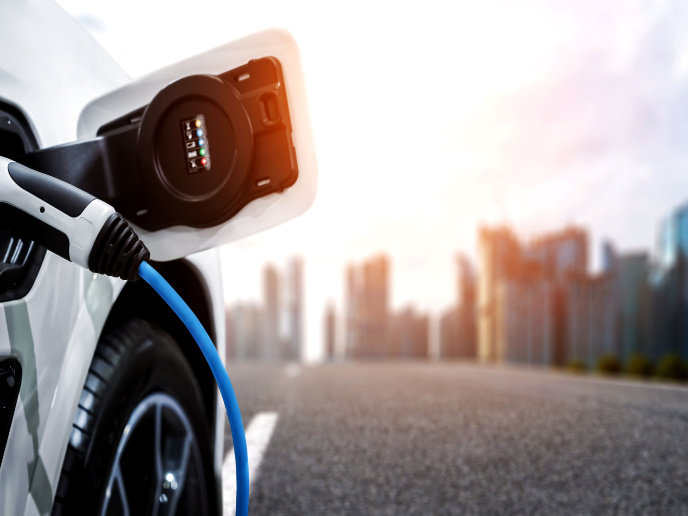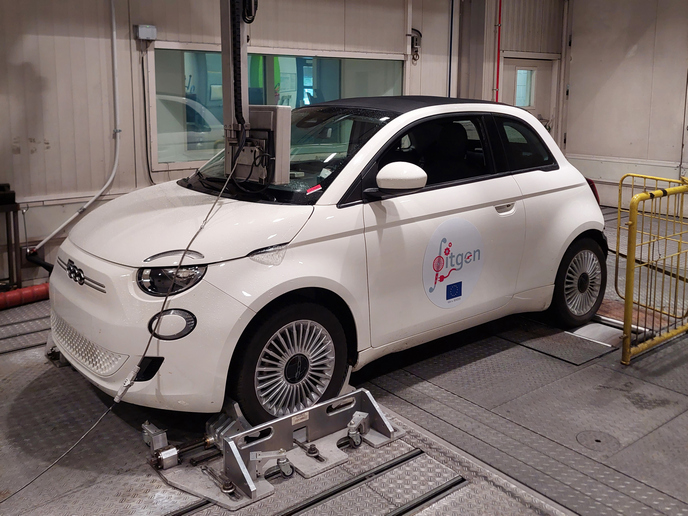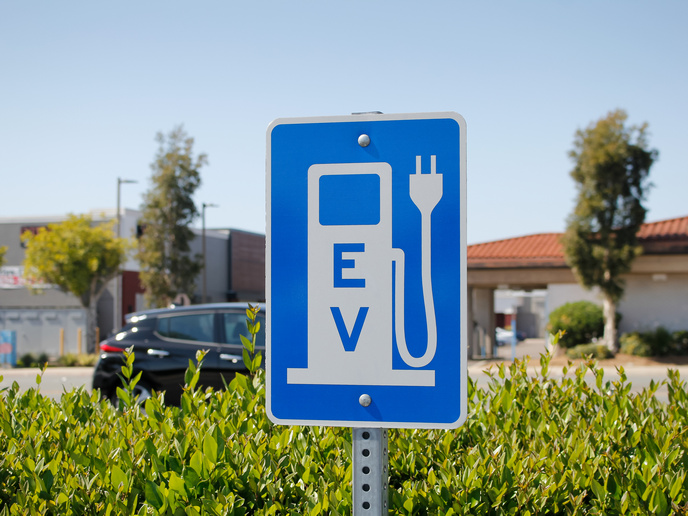Advanced design, modelling and testing methods to reduce noise and vibration in electric vehicles
Now that the first electric vehicle (EV) prototypes have entered the market, it has become increasingly evident that concerns over noise were greatly underestimated. Only after prototypes were introduced did noise originating from various components become annoying sounds. Closer analysis, assessment and optimisation of electric motors in terms of noise, vibration and harshness (NVH) during the early development phase are essential. In an electric driveline, mechanical and electrical components are connected via sensors and actuators with controllers that define overall functions. The design of such EV systems requires simulation and test solutions that are capable of analysing and optimising performance, while considering mechanical, electrical and control subsystem/component interactions. The design and development of each subsystem necessitates increasing integration levels and reliance on models. Depending on the design stage, different model accuracy levels and algorithms are required. Noise and vibration stand in the way of electric motor integration The EU-funded DEMOTEST-EV (Design, modelling and testing tools for electrical vehicles powertrain drives) project ‘aimed at developing advanced and extended design, modelling and testing tools for improved concept modelling and higher prediction accuracy of noise and vibration generated by EV motors,’ says project coordinator Professor Claudia Martis from Romania’s Technical University of Cluj-Napoca. ‘It responded to two main challenges: NVH issues involving electric driveline integration and new tools to deal with the high EV integration levels.’ DEMOTEST-EV developed and validated analytical coupled electromagnetic-vibroacoustic models for three different types of electric motors for automotive applications. It analysed the influence of different parameters on the motors’ magnetic noise, and studied the influence of winding and rotor topologies on such noise. Lastly, a system-level evaluation of noise and vibration levels was undertaken. Modelling tools and test benches to tackle EV noise and vibration problems According to Prof. Martis, the most significant achievement of DEMOTEST-EV was the opportunity given to early-stage and experienced researchers from academia and industry to broaden necessary skills and competencies. Collaborative research, secondments, shared state-of-the-art infrastructure, training and dissemination activities enhanced knowledge, know-how and technology transfer. ‘Choosing and manipulating different design and modelling parameters, and using advanced tools and techniques at each level of analysis are easier achieved through joint work,’ she adds. Sharing facilities increased the scope of available equipment, improved accessibility of dedicated hardware and software instruments and tools, and generated more understanding of the shared equipment. This helped to stimulate the transfer of knowledge and expertise in designing, modelling and testing the three electric motors. Another important result was the development of an interlinked design, modelling and testing environment. It is directly or remotely accessible, both online and offline, by all project partners even beyond the project. Test benches were also designed for use by all team members. Other notable results include two new research directions. One was a multi-physics and multilevel approach to EV design, modelling and testing. The other was cutting-edge research in the EV electrical machine domain. ‘New powertrain designs like the ones for EVs and hybrid vehicles trigger new vibration phenomena which negatively impact NVH performance and ultimately driveline efficiency,’ explains Prof. Martis. DEMOTEST-EV provided engineers with greater awareness of such phenomena in order to measure and eliminate the root cause of NVH. ‘We are helping them to better understand and predict the noise and vibration levels of EVs,’ she concludes. This should help to accelerate the market arrival of EVs in Europe.
Keywords
Electric vehicles, noise, vibration and harshness, DEMOTEST-EV, powertrain drives







